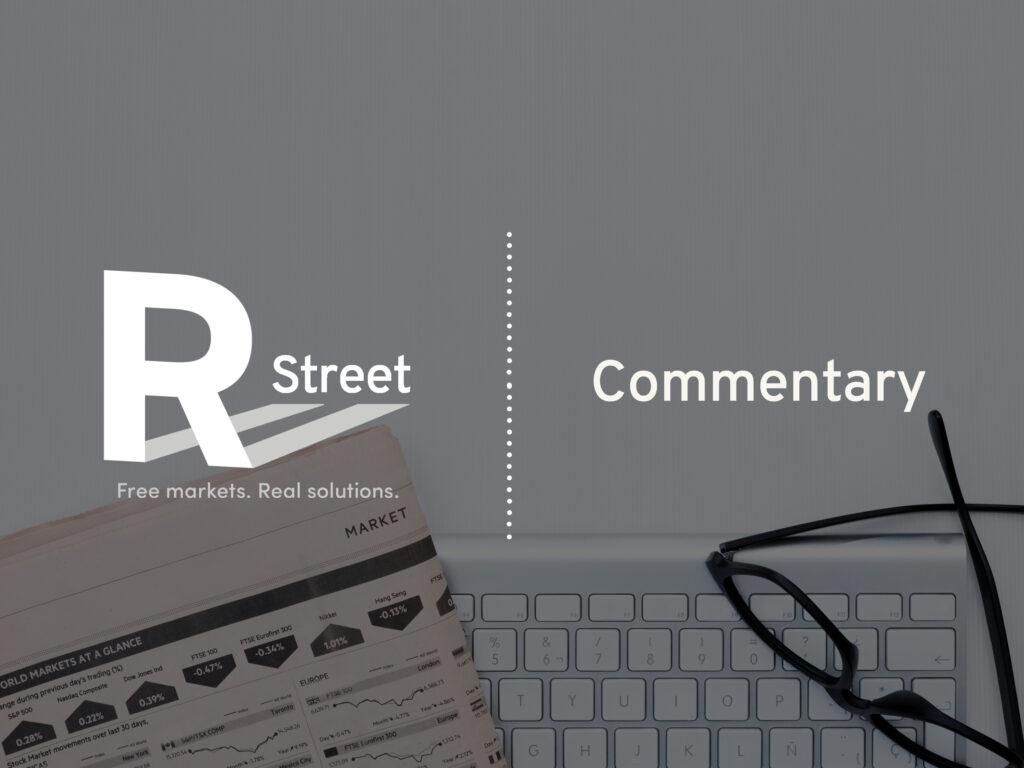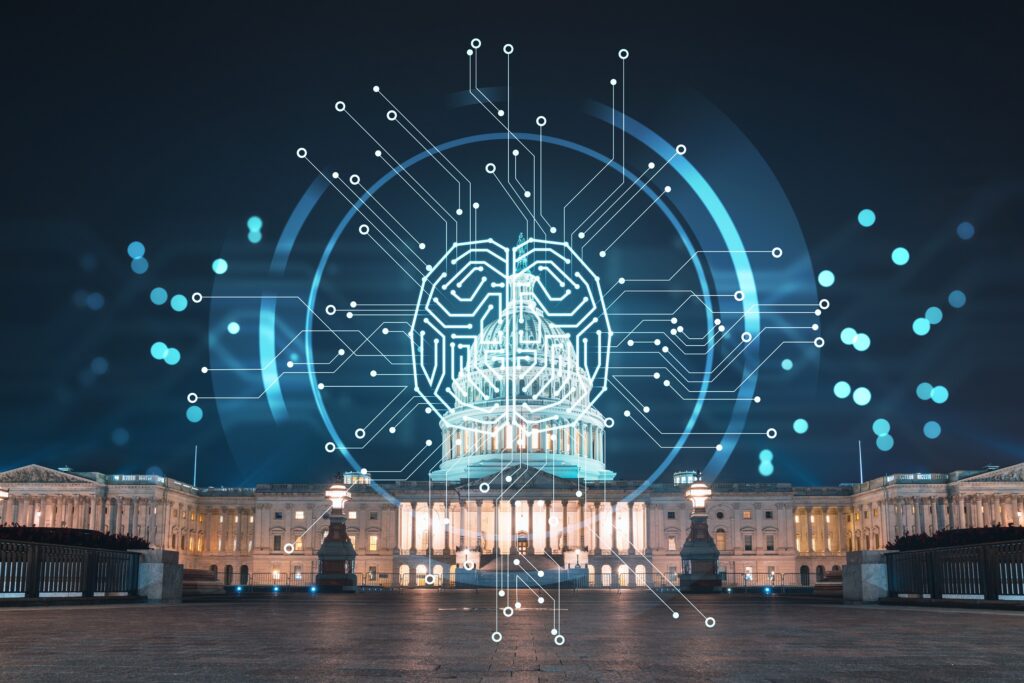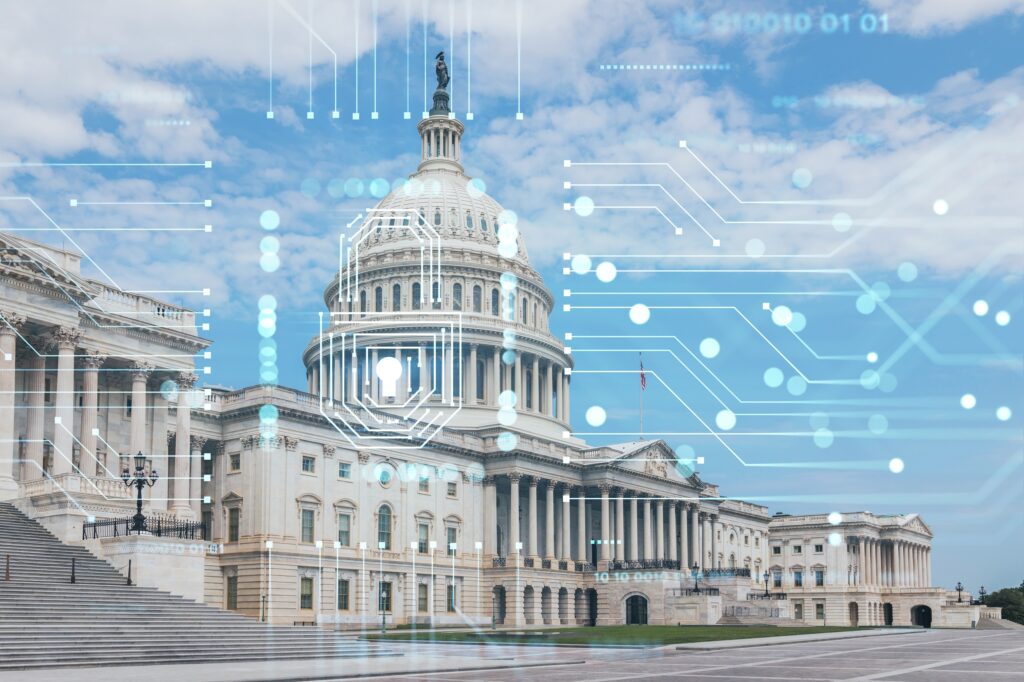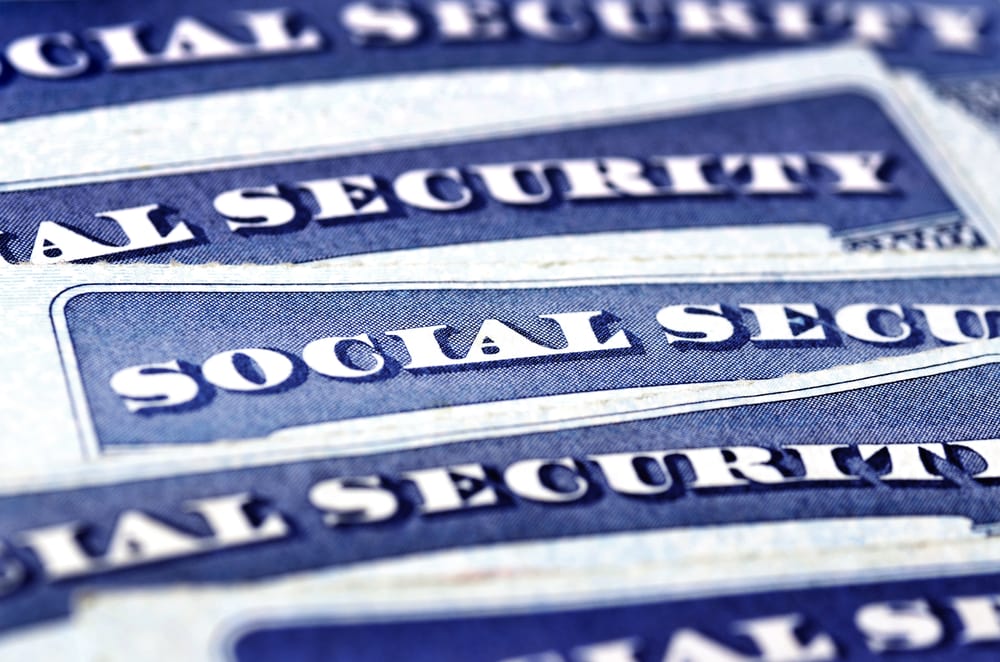Why the Timbs case is about so much more than civil forfeiture
There are few matters nowadays on which all nine Supreme Court justices can agree. But the Supreme Court has unanimously ruled that the Eighth Amendment, which bans excessive fines, applies to the states as well as to the federal government. The Supreme Court decided on the case of Indiana man named Tyson Timbs, who was sentenced to home detention and probation for dealing in a controlled substance and for conspiring to commit theft. However, the issue before the Supreme Court was that the state, under civil forfeiture laws, had also seized his $42,000 Land Rover vehicle, even though the maximum fine allowed in the case was $10,000.
Civil forfeiture has come under fire by liberals and conservatives alike. Under most laws, an individual does not be charged or convicted for enforcement to seize his assets. Retrieving property following forfeiture proceedings can be extremely challenging. As if that were not enough, the police get to keep the profits they make from selling these assets, creating a perverse incentive for the state to take property without due process. While the ruling does not eliminate forfeiture, it at least allows individuals at the state level to make a case that a forfeiture is excessive.
The Timbs case, however, is about far more than the injustice of civil forfeiture. It brings attention to a larger problem of unchecked fines and fees that harm public safety and erode government accountability. These fines and fees are levied at every part of the criminal justice system, from charging people for their public defender which they qualify for because they cannot afford a private attorney, to court costs, probation fees, and sadly even the costs of incarceration itself.
Perhaps these fines and fees were first created because legislators had assumed that increasing the cost of crime would deter individuals from committing criminal acts. However, excessive fines and fees can actually contribute to crime by making reentry even more difficult for those who are released from prison. Impoverished individuals often have to choose between paying for basic needs and paying fines and fees. Some cannot afford either of these and are driven to commit further crimes to survive.
Even if they do not commit additional crimes, they could still end up in jail. Take the case of Tom Barrett, who was assessed more than $1,000 in fines and fees for stealing a $2 can of beer. He ended up selling his blood plasma to try to pay these charges, which continued to accrue interest. Eventually, Barrett was sentenced to a year in a jail because he could not afford to pay. He is not alone. When people cannot pay the fines and fees, they often end up facing heavy sanctions, which paradoxically include more fines and fees, along with drivers license suspensions, loss of the right to vote or, worst of all, incarceration in a de facto debtors prison.
While struggling to pay these costs, people can lose their homes, their jobs, and even custody of their children. Instead of reintegrating with their community upon release, these individuals are saddled with lifelong debt. Assessing fines and fees without evaluating ability to pay is not just counterproductive to reentry. It represents government inefficiency at its worst. It often costs more to fund collection activities than the original amounts being collected. Before juvenile fees were banned in California, one county spent $450,000 trying to collect $400,000 in fees. Moreover, the funding for collection activities often comes from the fines and fees themselves, which motivates the continuation of an inefficient system.
The financial incentives to collect fines and fees and to seize assets also diverts law enforcement from addressing actual public safety concerns. When police transform from guardians of our community to collection agents, they waste valuable time and resources that are better spent on addressing violent crime. A study found that every 1 percent increase in the share of revenues in a jurisdiction from fines, fees, and forfeitures is associated with a statistically significant 3.7 point decrease in the violent crime clearance rate, which means that fewer violent crimes are solved because police spend far too much time trying to collect fines and fees.
The Timbs case makes clear that the Eighth Amendment applies to civil forfeiture by states. But symbolically, the Supreme Court ruling stands for so much more by opening the door for us to question our criminal justice system policies assessing fines and fees, which should be used to support the individuals involved and protect our communities. As it stands today, excessive fines, fees, and forfeitures accomplish neither of these goals.
Image from Shutterstock








